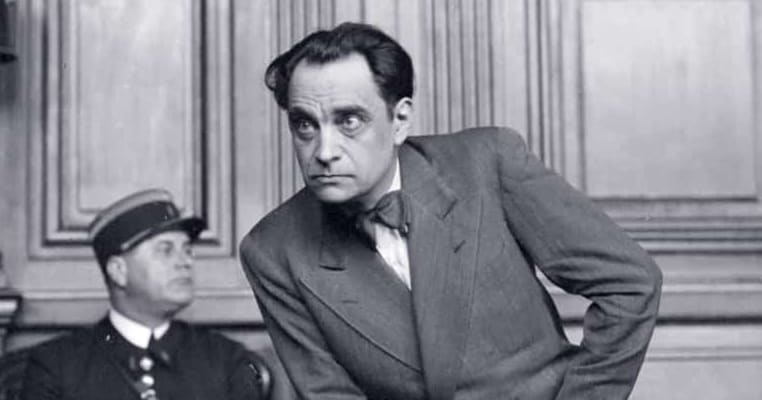History has no shortage of homicidal psychopaths and other deadly types who derived pleasure from the pain of others. It is unclear whether such sadists were more frightful than the other type of violent psychos, who were so incapable of empathy that they cared not at all, one way or the other, about committing cold-blooded murder in order to get what they wanted. There were so many evil types from either category, that most of them are little known and all but forgotten today. Following are forty fascinating things about some of history’s lesser-known mass murderers and serial killers.
40. World War II’s French Serial Killer Doctor

French Dr. Marcel Petiot (1897 – 1946) was troubled from early on. It is unclear just what exactly caused him to turn into a homicidal psychopath, but the signs were there from the start if somebody had bothered to look. At age eleven, he propositioned a girl for sex in school, and took his father’s firearm to class and discharged it. In his teens, he robbed a postbox, and was arrested and charged with theft and destruction of public property.
The charges were dismissed when a psychiatric evaluation revealed mental instability, and a judge deemed him mentally unfit to stand trial. Despite such an unpromising background, Petiot actually managed to finish medical school and become a doctor. However, instead of ending his days as a respected retired MD, Petiot ended his days face down on the guillotine after he was convicted and sentenced to death for murdering dozens of people.

